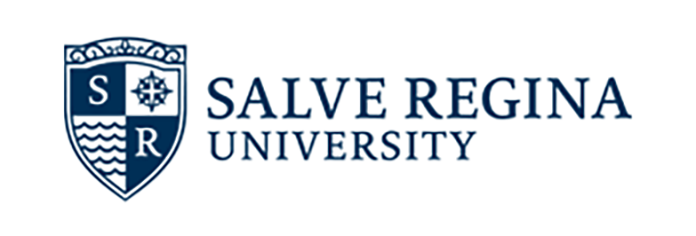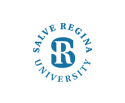Abstract
In his Ten Letters to Dr. Joseph Priestley, written at the turn of the nineteenth century, Noah Webster bemoaned the disgraceful destitution (in his words) of private and public American libraries, such as those at universities or libraries open to the public by subscription. “Very many of the best authors cannot be printed in the United States for half a century or more,” he complained, “and I am ashamed to own, that scarcely a branch of science can be fully investigated in America, for want of books.”1 And yet, despite this dearth in library collections, Webster maintained that Americans were incredibly well read: “They read not only the bible, and newspapers, but almost all read the best English authors, as the Spectator, Rambler, and the works of Watts, Doderidge and many others.” The Ellery Library Collection at the Newport Historical Society offers remnants of the individual and family libraries of New England that Webster praised so highly at the turn of the century. When exploring the breadth of this particular collection of books, we can see that Webster’s defense of New England readers is proven accurate. Moreover, the ways in which readers interacted with their books demonstrates how important books were in the colonial era and Early Republic. Finally, a close study of the physical traces and material composition of books which survive offer historians fresh perspective on readers and their books in previous eras.
Recommended Citation
Angeloni, Gabriella
(2017)
"Writing in Books: Lessons on New England Readers from the Ellery Library Collection,"
Newport History: Journal of the Newport Historical Society: Vol. 87:
Iss.
276, Article 3.
Available at:
https://digitalcommons.salve.edu/newporthistory/vol87/iss276/3



